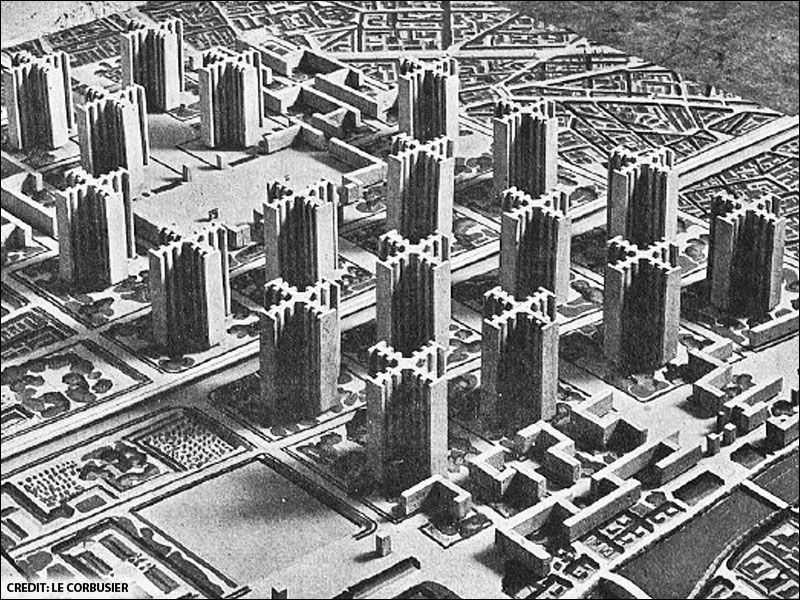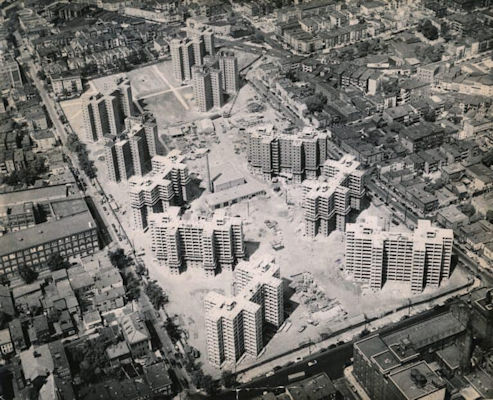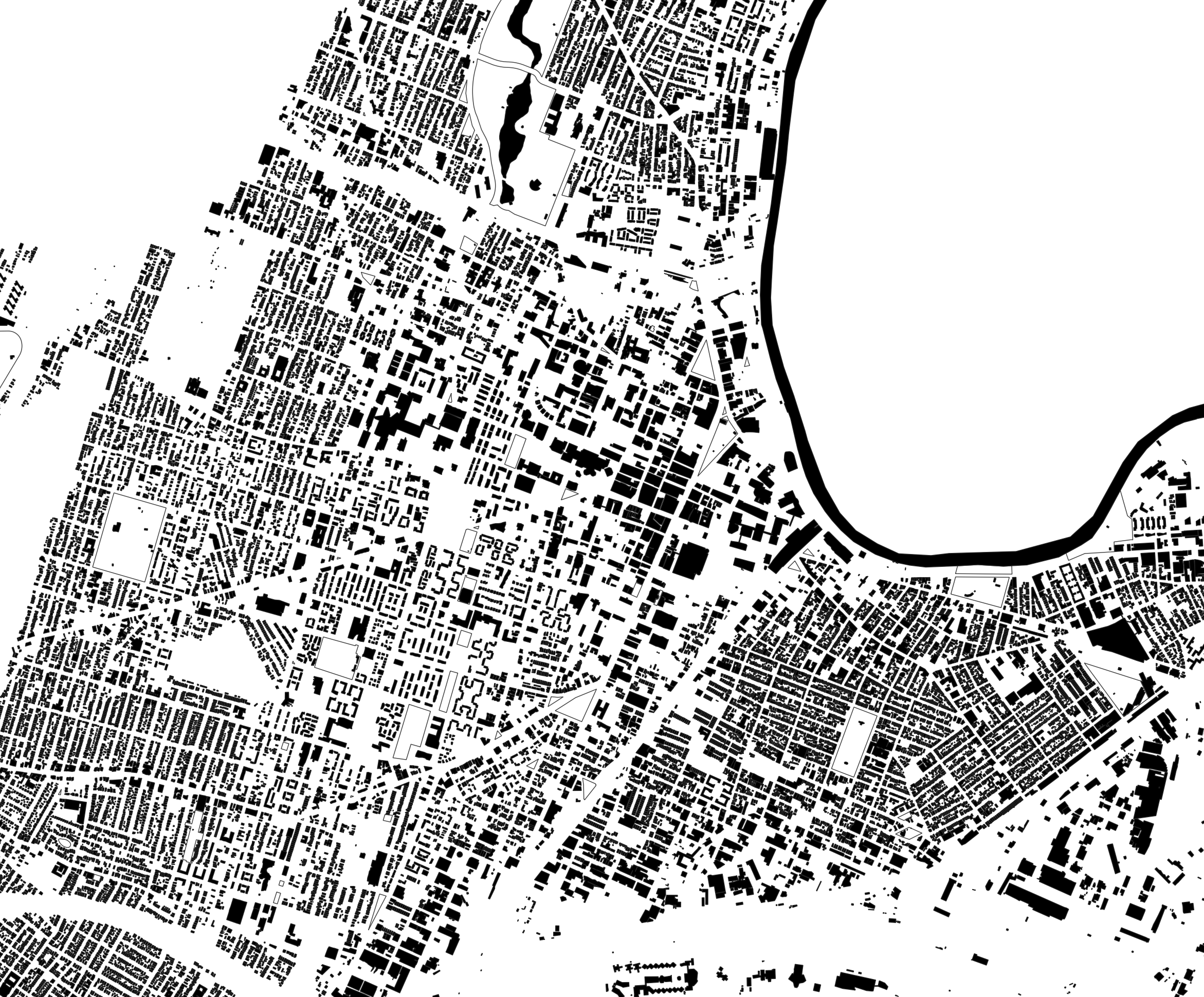“It would be hard to exaggerate the importance
of the airplane for modernist thought and planning.” The ability to see from
above, writes James Scott, introduced a sculptural ambition into urban design that
turned “what might have seemed ground-level confusion into an apparently vaster
order and symmetry.” Newark’s housing projects of the 1950s and 1960s, too, were
often stunning from above, emulating of the visual vocabulary of Le Corbusier’s
Radiant City.
![]()
![]()


Geometric
clarity demanded behavioral order too: behavior that was disturbing – in every
sense of the term – was deemed illegible and out of order. Acting from a proper
space of observation and classification, the planner’s vision reified the city,
freezing it in an act of surveillance.
![]()

Down below, those same spaces seemed more
opaque, fluid, and intensely intimate. Here, the city embodied the other senses
as well, as sonic, kinetic, haptic, and olfactory cues fed into affective
responses. The city below was a labyrinth, decentering vision and opening up
the possibility of insulation from the god’s eye view.
In this Abstract Map, the city is made intentionally illegible as the abstraction of geometric order gives way to the abstraction of porosity and disorder.
In this Abstract Map, the city is made intentionally illegible as the abstraction of geometric order gives way to the abstraction of porosity and disorder.

Mapmaker: Kevin Rogan and Eva Giloi
Posted 5/2/2023
Posted 5/2/2023